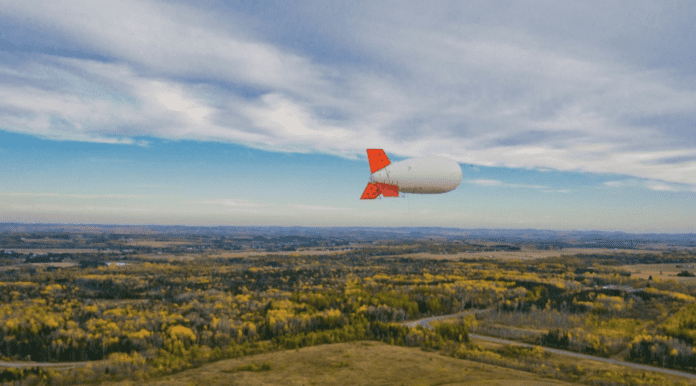SuperTower equivalent of 30 conventional towers
Ericsson is working Boston-based startup Altaeros to demonstrate a new “SuperTower” to help operators deploy LTE in hard-to-reach rural communities using tethered aerostats.
Last year, the two companies partnered to deploy a multi-sector LTE base station on a SuperTower in rural Maine, providing broadband speeds with streaming video.
Altaeros highlighted that rural markets like Maine are ideal for operators to deploy SuperTowers, which float at heights six to eight times higher than most cell towers. These towers also offer greater flexibility for site placement and cost up to 70% less to roll out. The firm also said that this infrastructure provides coverage equivalent to a network of 30 conventional cell towers.
“People living in rural areas often have limited or no access to high-speed broadband. With Ericsson’s innovative radio technology installed on the SuperTower, we aim to change that and help provide these consumers access to the benefits of affordable broadband, such as health care, education, and economic growth,” said Ben Glass, CEO and CTO of Altaeros.
The new offering utilizes Altaeros’ tethered aerostat design and automation technology as a platform for Ericsson’s 5G-ready radio system with multiple-input and multiple-output (MIMO) capable radios.
“The SuperTowers are an innovative way to allow operators to offer high-speed broadband to underserved rural areas via next-generation LTE technology. The platform also establishes the groundwork for them to evolve their rural networks to 5G in the future,” said Amy McCune, head of customer unit regional carriers for Ericsson North America.
SuperTowers can also be deployed for temporary disaster relief or special events. The partners said that the new offering will be commercially available in late 2018.

